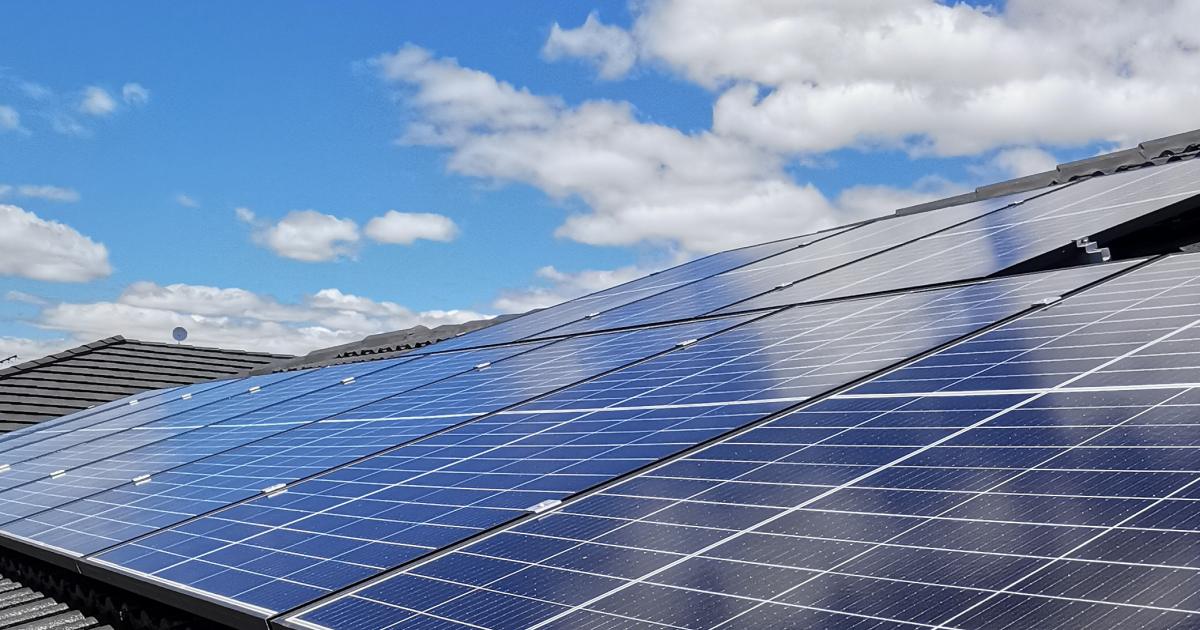
The Australian Energy Regulator has released its final say on the imposition of static zero export limits on grid-connected solar power systems.
The uptake of home solar power in Australia has been such that levels of surplus solar energy goodness flowing into the grid in some locations can at times create challenges for Distribution Network Service Providers (DNSPs) in maintaining local network stability..
This has led to export limits on solar power systems being imposed by DNSPs, and in some extreme cases, zero export limits on new systems. Thankfully the latter is becoming increasingly rare as networks improve how they manage energy flows. The Australian Energy Regulator (AER) wants it to stay this way – and to ensure this only happens in what it describes as “exceptional circumstances”.
Last Thursday, the AER released its final connection charge guideline that, among other things, outline the circumstances (or how to determine the circumstances) where a DNSP can place a static zero export limit on a micro embedded generator such as a solar power system seeking network connection.
Strengthening Customer Safeguards
This final guideline builds on a draft released in October last year and follows consultation on that draft. The Regulator states conditions under which a DNSP may impose a static zero export limit on new rooftop solar remains substantially unchanged from the draft version; with some added conditions, being:
- A condition outlining how a DNSP should communicate with rooftop solar connection applicants when a zero export limit is imposed.
- Customer protection provisions for those rare cases where static zero export limits are imposed.
“These additions are in response to stakeholder feedback and are intended to strengthen customer safeguards,” states the AER.
Among other conditions are a DNSP can only impose a static zero export limit on a new or altered connection if export from that system will have a high probability of resulting in the DNSP not meeting a regulatory obligation or being able to maintain the network within its technical limits – and the cost of network tweakery to allow a reasonable export capacity level substantially outweighs the benefits. This does not apply where connection applicant elects to fund the necessary network augmentation to meet the applicant’s needs.
That still seems to provide quite a bit off wiggle room for a DNSP to whack on zero export limits, but there are other conditions – including a zero limit cannot be applied to a new or altered system if it has a suitable dynamic response system. In other words, if the system’s inverter is flexible export compatible.
Flexible solar exports adapt to network conditions based on signals sent remotely to the inverter by the DNSP. The approach has proven to be very effective and beneficial to the system owner as well as the DNSP. In South Australia, flexible solar exports will be available right across the state by July next year.
Changes to the AER guideline will not come into effect immediately, or right across Australia at the same time. Here’s the timeline:
- 1 July 2024 for the Australian Capital Territory, New South Wales, Northern Territory and Tasmania
- 1 July 2025 for Queensland and South Australia
- 1 July 2026 for Victoria.
The final guideline can be accessed here (starts page 20) and explanatory notes here.

 RSS - Posts
RSS - Posts



Re: Zero Solar Export Limit Crackdown On The Horizon
Surely excess power availability in our energy networks could be deployed to pumped-hydro storage systems where those systems could provide an increase in renewable energy production over night when there is no sunshine. Pumped-hydro systems could be built on a variety of scales to service many different community areas, and in turn, provide much needed employment in and around those communities. Surely Business and the Local and National Governments are not so short-sighted, that they have missed the enormous opportunity that could be provided by many pumped-hydro systems that could be employed to reduce the nation’s carbon foot-print even further? Rather than just resorting to Zero Solar Limits.
Really interesting idea Lawson.
I think it gets around part of the risk of hostile overloading.
There is a theory that inverters sold by Chinese Government Owned companies **cough Huawei cough** could be covertly used to try to overload or destabilise the grid at peak generation times.
I had a 10Kw system installed in 2023 with the latest Fronius inverter. My system is ‘zero export’ however I do see the system feeding back to the grid when viewing consumption on the Fronius app.
The biggest issue with these ‘zero export’ setups is that you never really know how much solar you’re producing. The more things I switch on, the more power I produce until I reach my actual solar production.
Can anyone tell me where my surplus energy goes if the sun is shining and I’m not using any power?
This juggling act seems a little ridiculous.
How will I know when my local area can accept my excess and how do I go about changing my ‘zero’ status ?
Cheers
Hi Jeremy,
Curtailed solar goes nowhere unless you store it for later.
Like turning off a tap.
Many jurisdictions now offer flexible exports but you’ll need to search SQ for the connection approval process and find the network you’re under.